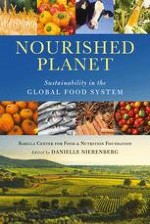2018 | OriginalPaper | Buchkapitel
4. Food for Culture
verfasst von : Danielle Nierenberg, Barilla Center for Food and Nutrition
Erschienen in: Nourished Planet
Verlag: Island Press/Center for Resource Economics
Aktivieren Sie unsere intelligente Suche, um passende Fachinhalte oder Patente zu finden.
Wählen Sie Textabschnitte aus um mit Künstlicher Intelligenz passenden Patente zu finden. powered by
Markieren Sie Textabschnitte, um KI-gestützt weitere passende Inhalte zu finden. powered by
